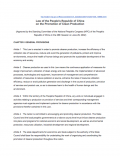
Formulated to promote cleaner production and increase resource efficiency the Law of the People's Republic of China on the Promotion of Clean Production was approved by the standing committee of the National People's Congress (NPC) on 29th of June, 2002. The aim of this law is to promote scientific research, technical development, and international cooperation in order to develop cleaner production and to organize the dissemination of information in order to promote more environmentally friendly production technologies.
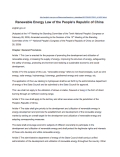
Renewable Energy Law of the People's Republic of China was adopted on 28th February 2005 and was amended on December 26th, 2009. The law was formulated to promote the development and utilization of renewable energy, to increase the supply of energy and to protect the environment in order to realize sustainable development. The renewable energy here refers to non-fossil energies, such as wind energy, solar energy, hydro energy, bioenergy, geothermal energy, and ocean energy.
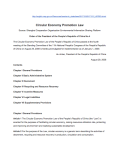
Formulated to facilitate circular economy, resource efficiency and environmental protection China's Circular Economy Promotion Law came into force in January 2009. The Law aims to achieve sustainable development by raising resources utilization rate and increasing resource recovery in production, circulation, and consumption.
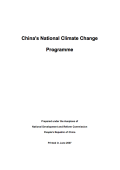
China's National Climate Change Programme outlines the objectives, basic principles, key areas of actions as well as policies and measures to address climate change for the period up to 2010.
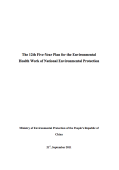
Rapid industrialization and urbanization have immensely impacted human health ensued due to increasing environmental pollution in China. Environmental protection and safeguarding public health have become the urgent demand of the public. China's 12th Five-Year Plan for the Environmental Health Work of National Environmental Protection aims to tackle these issues by outlining the current situation and problems in the development of environmental health work and identifying and improving the key areas that will contribute to safeguarding measures.
